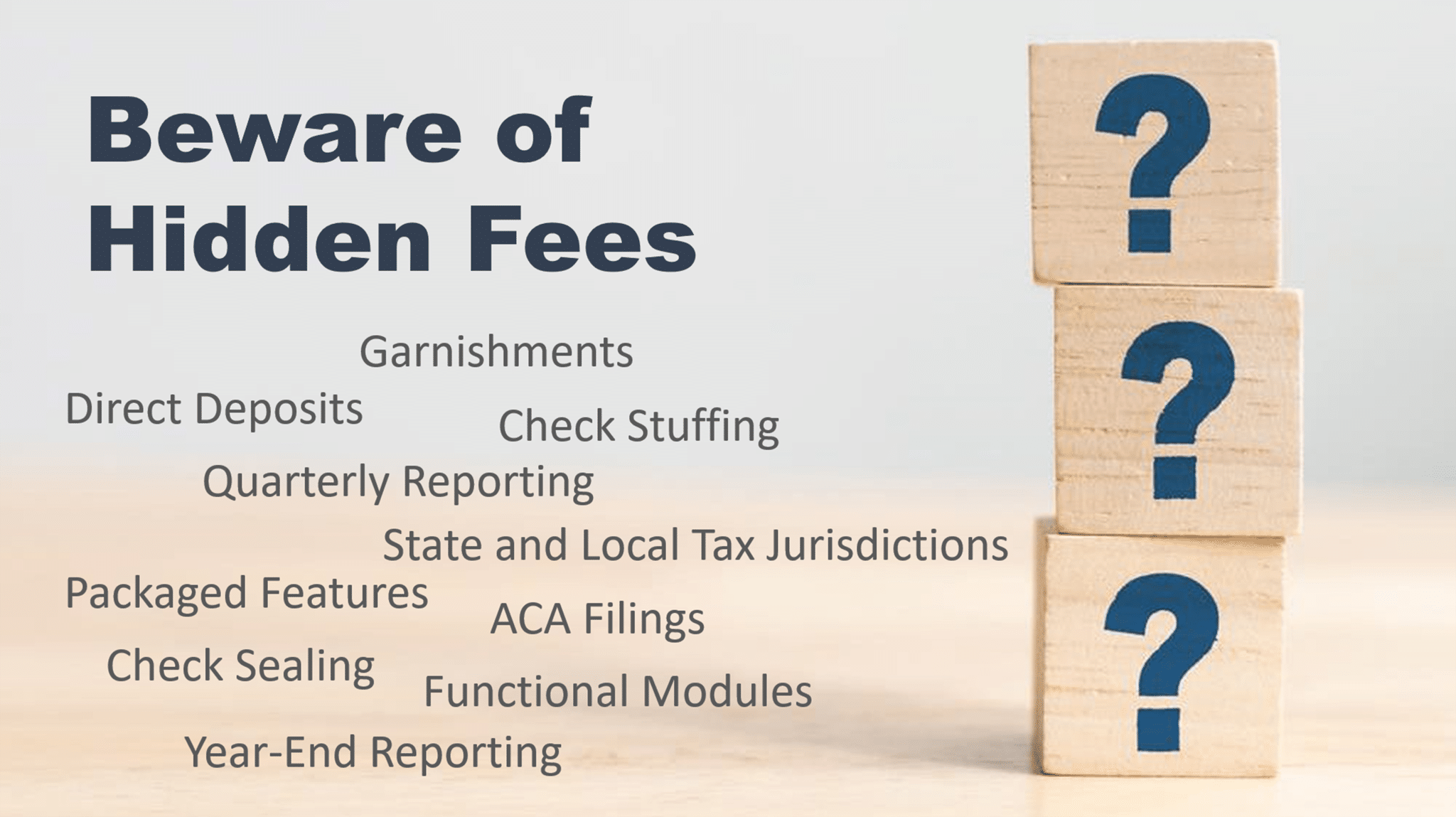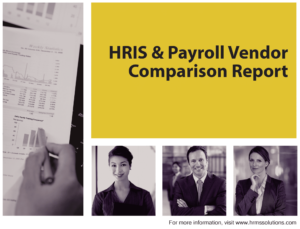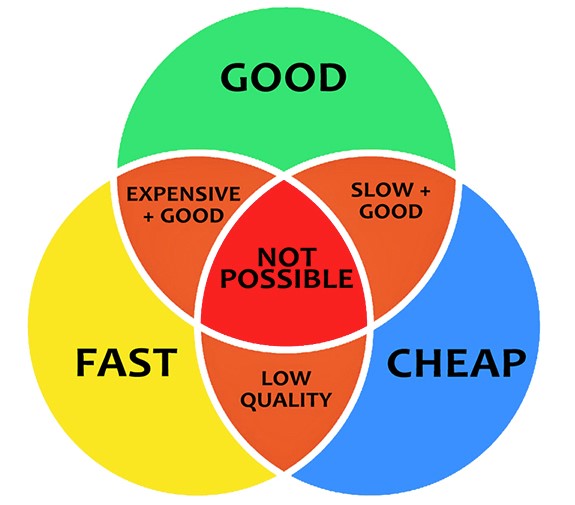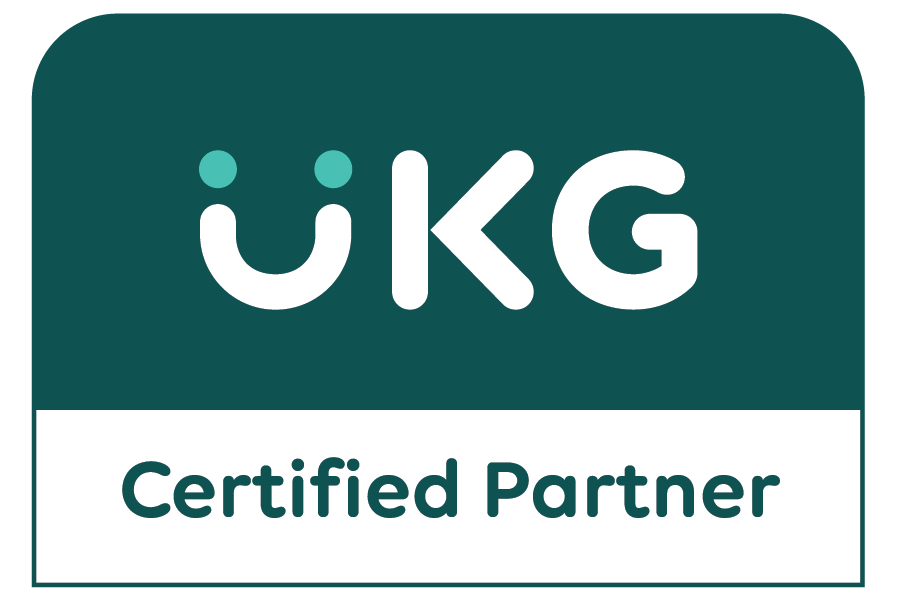Which cloud pricing model is right for you and your organization?
As you evaluate HRIS and payroll vendors, you may not be aware that most vendors utilize one of two primary pricing models. I’m not referring to the differences of cloud vs. on-premise models, but the difference between the PEPM (per employee per month) vs. PEPP (per employee per payroll) for cloud HRIS & Payroll pricing subscription models. Aside from initial setup, implementation and support fees, here’s how these pricing models compare:
- PEPM (per employee per month) – A payment method in which the fees associated with a HRIS and payroll subscription is based on the number compensated employees during a monthly period. Regardless of employees being paid weekly, bi-weekly, or semi-monthly, the price is a fixed per employee per month amount.
For example, 250 employees are compensated weekly with the other 250 employees being compensated bi-weekly. There is simply one fee of $20 PEPM.
The monthly cost would be 500 EEs x $20 = $10,000
The annual cost would be $120,000
- PEPP (per employee per payroll) – A HCM payment method in which the fees associated with the subscription are based on the number of compensated employees per payroll.
In the same example, 250 employees are compensated weekly with the other 250 employees being compensated bi-weekly. There is a base fee of $170 plus a $9 per check charge based on a weekly processing schedule.
To calculate the projected fees, this client’s weekly schedule fluctuates from 250 to 500 every other week:
1st Weekly Payroll – $170 base plus 250 EEs x $9 per check = $2,420
2nd Weekly Payroll – $170 base plus 500 EEs x $9 per check = $4,670
3rd Weekly Payroll – $170 base plus 250 EEs x $9 per check = $2,420
4th Weekly Payroll – $170 base plus 500 EEs x $9 per check = $4,670
The monthly cost would be $14,180
The annual cost would be $170,160
Note: If this same customer paid all 500 EEs semi-monthly, the base fee would be $240 plus a $12 per check charge:
$240 base fee + (500 checks x $12 per check) = $6,240 1st payroll
$240 base fee + (500 checks x $12 per check) = $6,240 2nd payroll
The monthly cost would be $12,480
The annual cost would be $149,760
Keep in mind, there are typically additional and sometimes hidden costs that you should factor into the PEPP pricing. Some examples of these “extra” fees may include:
-
- functional modules or packaged features
- state and local tax jurisdictions and filings
- garnishments
- direct deposits
- check stuffing and sealing
- ACA filings (1094, 1095)
- quarterly and year-end reporting (e.g., W-2s, W-3s)
These additional fees can be calculated per payroll, per check or they may be calculated in a hybrid fashion on a monthly basis.
Now that you know how HRIS & payroll pricing subscription models are generally defined and calculated, and have seen a couple of examples, it’s time to look at the payroll processing within your own organization. Taking into account the number of employees and the number of payrolls you have within a given month, it still may not be crystal clear which pricing model overall is best for your company. Let’s dig deeper and look at the advantages and disadvantages of each model.
Considerations for the PEPM Pricing Model
The PEPM HCM subscription model is the most common of the two pricing models based on our listing of 16 HRIS & Payroll vendors listed in our HRIS & Payroll Vendor Comparison Report. PEPM is based on compensated employees paid in each month regardless of the frequency or number of times that person gets paid.
This model is highly attractive for customers that:
- like predictability of a flat monthly fee and no additional costs
- process weekly payrolls
- have a large number of garnishments
- are experiencing high growth
- have multiple federal, state, and local tax returns
- process additional payrolls for bonus and commissions
However, if your payroll is simple in terms of complexity, the PEPM model may not be the most cost effective. Since many of the features and services above are bundled into the PEPM pricing, you could be paying for features you won’t use.
This model won’t be as cost effective if you have:
- single federal, state and no local tax jurisdiction
- limited or no garnishments
- little turnover resulting in a smaller batch of year-end W-2s and 1095s to process
- few payrolls to process (semi-monthly or even monthly)
In our experience, HRIS and payroll vendors PEPM fees range from $16 – $40 PEPM with an average price of $24 PEPM for a “fully loaded” system.
Considerations of the PEPP Pricing Model
This pricing model is attractive for firms that have:
- bi-weekly, semi-monthly and/or monthly payroll processing
- a small footprint for federal, state, and local tax jurisdictions
- a small number of year-end forms such as W-2s and 1095s
- little to no garnishments to process
The PEPP pricing model gets expensive for clients that have:
- weekly payroll processing
- a large number of garnishments
- heavy turnover resulting in a large quantity of W-2s and 1095s
- numerous additional payrolls for bonus, commissions, or other types of compensation
HRIS and payroll vendors PEPP base fees range from $7 – $12. The average weekly base fee is $170, while the average bi-weekly or semi-monthly base fee is higher at $240.
In thoroughly evaluating a new HCM partner, understanding the difference between PEPM and PEPP subscription models can help you determine which is better aligned to your goals and requirements. Do your research. Ask lots of questions. Know what you are getting, in terms of the vendor with whom you will partnering, the abundance of system-related items and pricing. You will surely want to know the first-year costs, and subsequent years’ costs in order to gauge a realistic total cost of ownership.
If you need help comparing the differences between these two HRIS & payroll pricing subscription models – or any part of an HCM evaluation – we’d be happy to share our recommendations. You can also access our HRIS & Payroll Vendor Comparison Report by sending a request to info@hrmssolutions.com or requesting the report here.
As shared in previous blogs, understanding the pricing is just one part of a comprehensive evaluation. It can be just as important as understanding the approach and implementation of the new system. Here are several blogs written about implementation of an HCM that you may find helpful:

